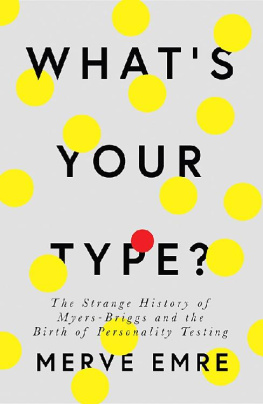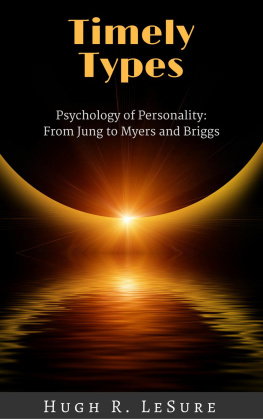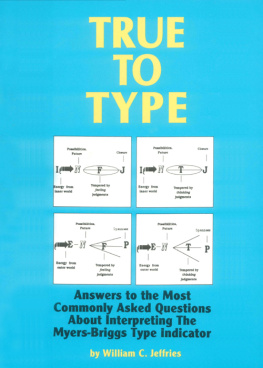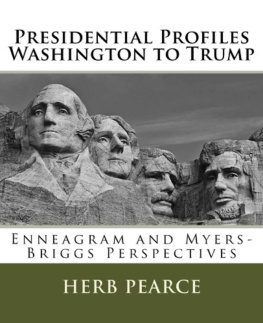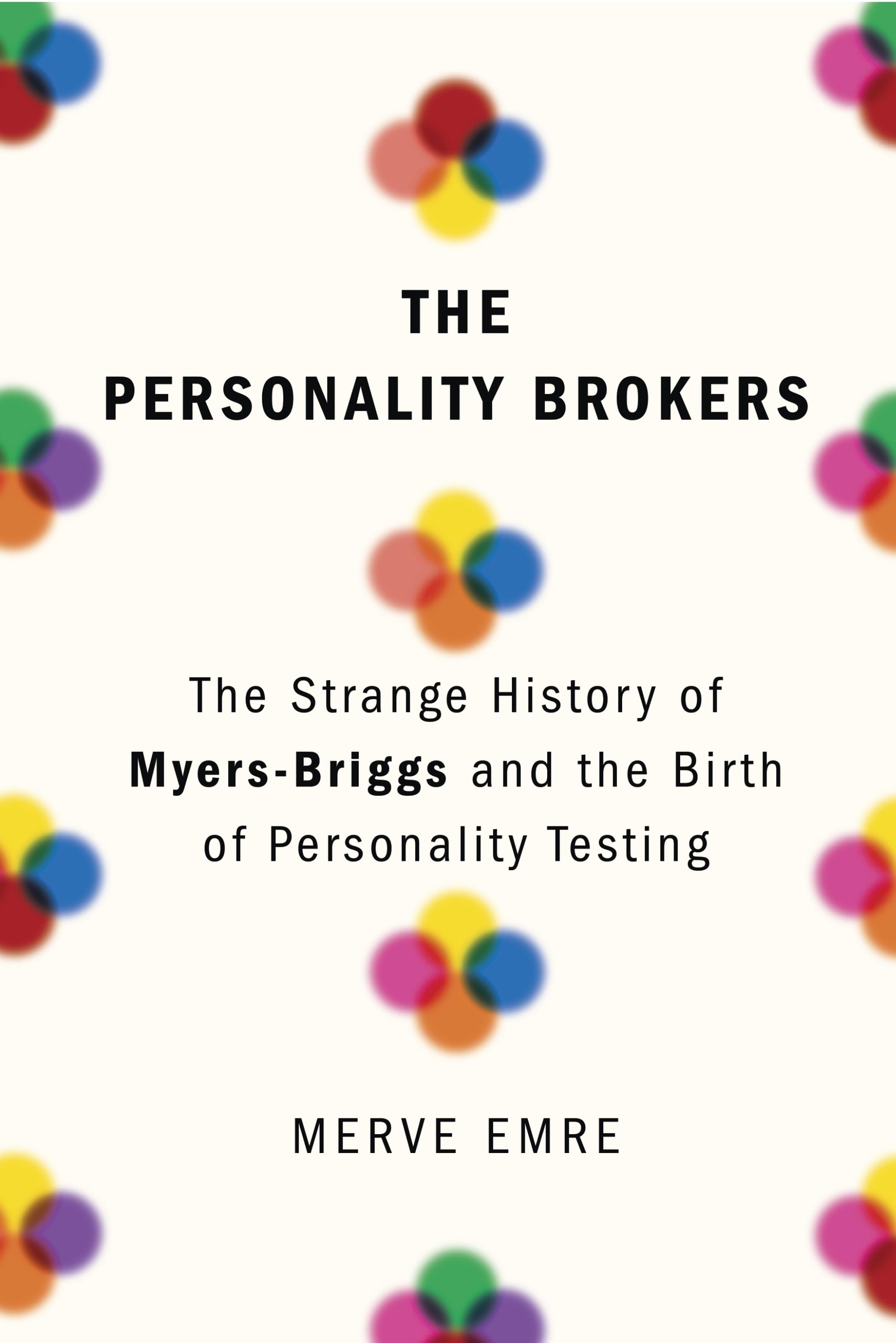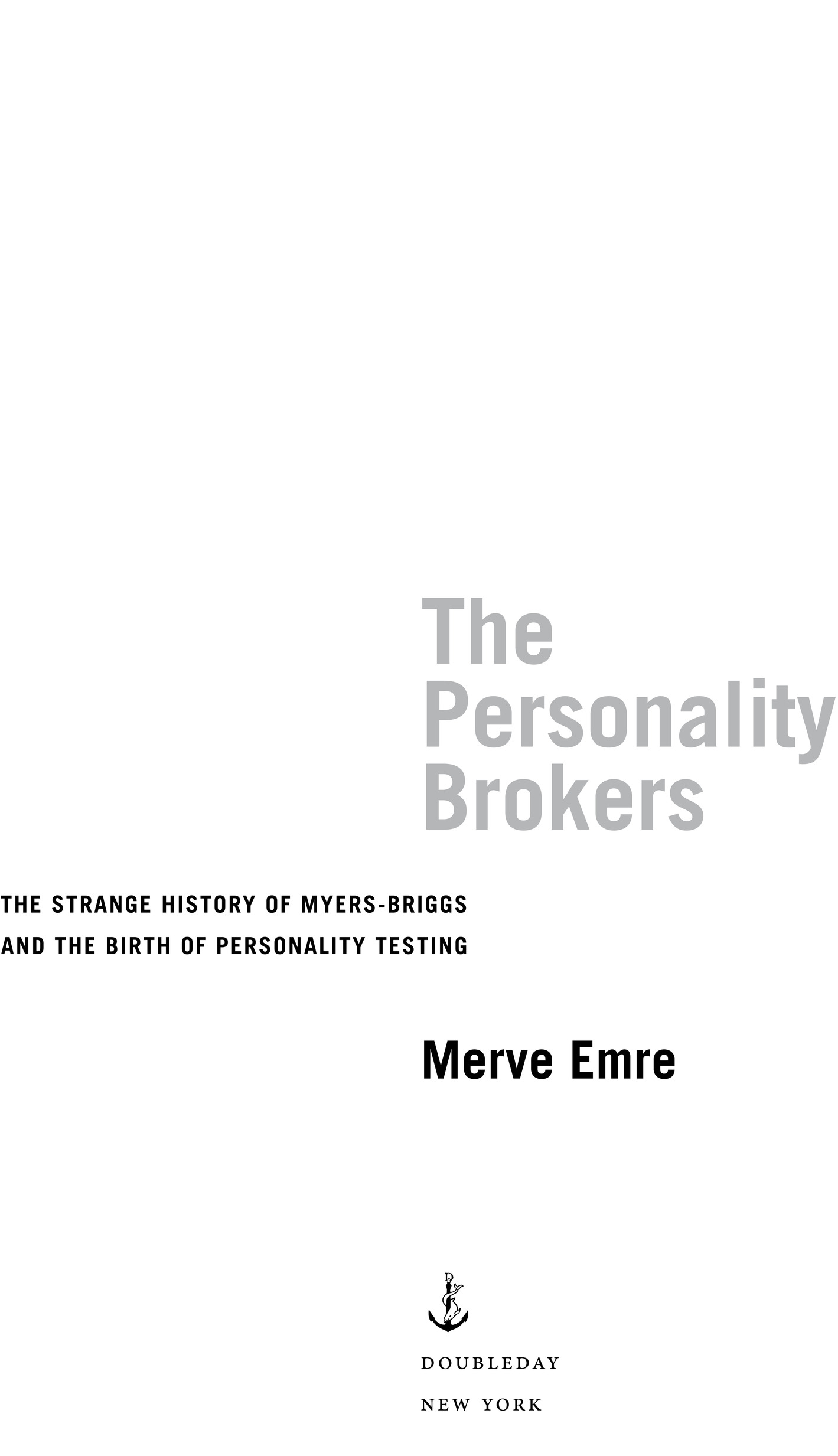All rights reserved. Published in the United States by Doubleday, a division of Penguin Random House LLC, New York.
DOUBLEDAY and the portrayal of an anchor with a dolphin are registered trademarks of Penguin Random House LLC.
INTRODUCTION
Speaking Type
To investigate the history of the Myers-Briggs Type Indicator, the most popular personality inventory in the world, is to court a kind of low-level paranoia. Files disappear. Tapes are erased. People begin to watch you.
In the fall of 2015, I was seven months pregnant and rifling through the archives of the Educational Testing Service (ETS) in Princeton, New Jersey. Many people are familiar with the ETS as the longtime publisher of the Scholastic Aptitude Test (SAT), but it was also the first publisher of the Myers-Briggs Type Indicator and the first institution to try to determine its scientific validity in the 1960s. Some months before, I had written a controversial article on the origins of Myers-Briggs, and it seemed my reputation had preceded me. In anticipation of my arrival, the staff had removed a folder containing letters from ETS staff to Isabel Briggs Myers, creator of the type indicator. When I asked to see the letters, there was a bit of hushed talk and a brief consultation with a lawyer before the archivist told me that he would not share them with me because of the sensitive information they contained. Later that day, a young male ETS employee who, I would later learn, was tasked with surveilling me during my visit, posted the following message to his Twitter account: Today Im creeping on a pregnant lady as part of my job. He seemed an ambivalent creeper or perhaps just an incompetent one. He proceeded to post a link to the article I had written and tagged me in his subsequent post. Great article by the lady I had to creep on this morning, he wrote.
If anything, this sort of occurrence has been more typical than not of my journey into the world of personality testing. In the years that I have spent writing this book, I have encountered secrets and lies and various strategies of bureaucratic obstruction, some more obvious and objectionable than others. It started early in 2013the moment when I started researching the life and work of Isabel Briggs Myers, about whom very little was known, other than that she was born in 1897, died in 1980, and with the help of her mother, Katharine Cook Briggs, created the type indicator sometime in between. After Isabels death, her son had donated her personal papers to the University of Florida, which was a five-minute drive from the Center for Applications of Psychological Type (CAPT): a nonprofit research center that Isabel had helped found just before she died but that now served as the guardian of the type indicators trade secrets and protector of its creators legacy. Although her papers were technically the property of the universityand thus should have been open to public usethey required permission from CAPT to access. I applied to CAPT for permission, and twice I was assured by the university librarian, a gentle and apologetic man, that I would never receive it. The staff is very invested in protecting Isabels image, he warned me. In the past, they had done whatever they needed to do to keep people from scrutinizing her life too closely. Why her image should need protection, I did not yet understand.
After nine months of waiting to hear back about the status of my application, I was asked by CAPT to prove my commitment to Myers-Briggs by undergoing a re-education program: a nearly two-thousand-dollar, four-day Myers-Briggs accreditation session that took place in the United Jewish Federation building on East Fifty-ninth Street in Manhattan. The accreditation session was led by a self-assured, fashionable woman in her fifties named Patricia, and she promised to teach me and my twenty-five fellow participantsFortune 500 executives from the United States, United Kingdom, South Africa, and China, high school and college guidance counselors, dating coaches, a Department of Defense administrator, an astrologist, a retired priesthow to speak type fluently. This was how Patricia put it, as if speaking type would soon become the most natural thing in the world to us. This is only the beginning! she said when we first filed into the room. Just think of this as a language immersion program.
Among the various people and instructions that I observed at my re-education program, the most striking was Patricias insistence that ones ability to speak type fluently depended on regulating with great care the language one used to describe the Myers-Briggs Type Indicator to the uninitiated. The first rule of speaking type, Patricia said, was that you had to memorize the history of type. Sometime in the 1940s, during the closing years of World War II, two women, a mother and daughter named Katharine Cook Briggs and Isabel Briggs Myers, designed a lengthy and ingenious questionnaire that assessed ones personality along four dimensions of ordinary human behavior: extraversion (E) and introversion (I); sensing (S) and intuition (N); thinking (T) and feeling (F); and judging (J) and perceiving (P). The categories were easy to understand and universally relatable, Patricia claimed. Do you prefer to focus on the outer world or on your own inner world? This is called Extraversion (E) or Introversion (I), explained the first slide she showed us. She clicked to the second. Do you prefer to focus on the basic information you take in or do you prefer to interpret and add meaning? This is called Sensing (S) or Intuition (N). The third: When making decisions, do you prefer to look first at logic and consistency or first look at people and special circumstances? This is called Thinking (T) or Feeling (F). And the final one: In dealing with the outside world, do you prefer to get things decided or do you prefer to stay open to new information and options? This is called Judging (J) or Perceiving (P).
How one answered the ninety-three items on the questionnaire would determine ones personality: one of the sixteen possible four-letter combinations that revealed your true selfyour shoes-off self, as Isabel liked to sayto you. We were told that both their questionnaire and their categories of personality (E/I, S/N, T/F, J/P) were based on the writings of Carl Gustav Jung, one of the twentieth centurys most influential personality psychologists and author of the 1921 book Psychological Types. It was not necessary for us to know anything else about Jung other than his name. Jung is a very respected name, a big name, Patricia told us. Even if you dont know who he is, know his name. His name gives the test validity.
The second rule of speaking type was that you did not, under any circumstances, refer to the type indicator as a test. It was a self-reporting instrument or an indicator, Patricia explained. People use the word test all the time, but what youre taking is an indicator. Its indicating your personality based on what you told the test. Although her statement sounded tautological, Patricia assured us that it was not. Unlike a standardized test like the SAT, which asked the test taker to choose between right and wrong answers, the type indicator had no right or wrong answersonly two competing preferences.


